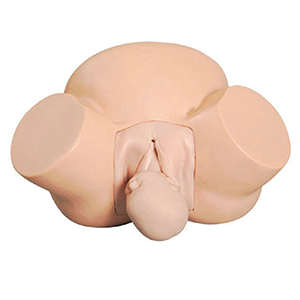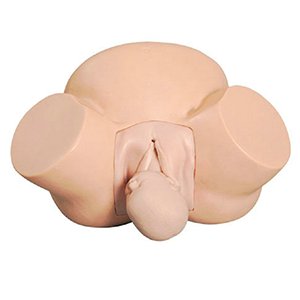In the field of medical education, the close combination of theory and practice is the key to train high-quality medical talents. Especially in the profession of midwifery, which is related to life safety, the study of theoretical knowledge and the mastery of practical skills are equally important. However, traditional midwifery training is often limited by resources and conditions, making it difficult for trainees to fully practice in a real environment. At this time, the emergence of advanced midwifery training models, like a bridge, greatly shortened the distance from theory to practice.

Advanced midwifery training models show everything from the physiological changes of the pregnant woman to the delivery process of the fetus, and even possible emergency situations. This highly simulated, so that students in the training as if in the real delivery room, can more intuitively understand and experience the whole process of midwifery.
More importantly, it provides students with a safe and controllable practice environment. In the model, participants can practice various midwifery operations repeatedly without worrying about any harm to the real pregnant woman and the fetus. This risk-free practice opportunity greatly enhanced the self-confidence and practical ability of the students. At the same time, the model also has a variety of adjustable parameters, such as the heart rate of the fetus, the strength of the contraction of the pregnant woman, so that students can face and cope with a variety of complex labor situations.
Through the training of the advanced midwifery training model, the trainees can not only quickly master the basic skills of midwifery, but also exercise their resilience and decision-making ability under simulated emergency situations. This rapid transition from theory to practice allows trainees to adapt to the real working environment more quickly after graduation, providing safer and more effective midwifery services for patients.
In addition, it has teaching feedback function. During the training process, the model can record the trainees' operation situation in real time and provide detailed feedback reports. This not only helps students to understand their shortcomings in time and make improvements, but also provides objective teaching evaluation basis for teachers to further optimize the teaching effect.
In short, the emergence of advanced midwifery training model has brought revolutionary changes to the education and training of midwifery profession. With its advantages of high simulation, safety, controllability and teaching feedback function, it greatly reduces the distance from theory to practice, and provides a strong guarantee for training high-quality and highly skilled midwifery talents.

